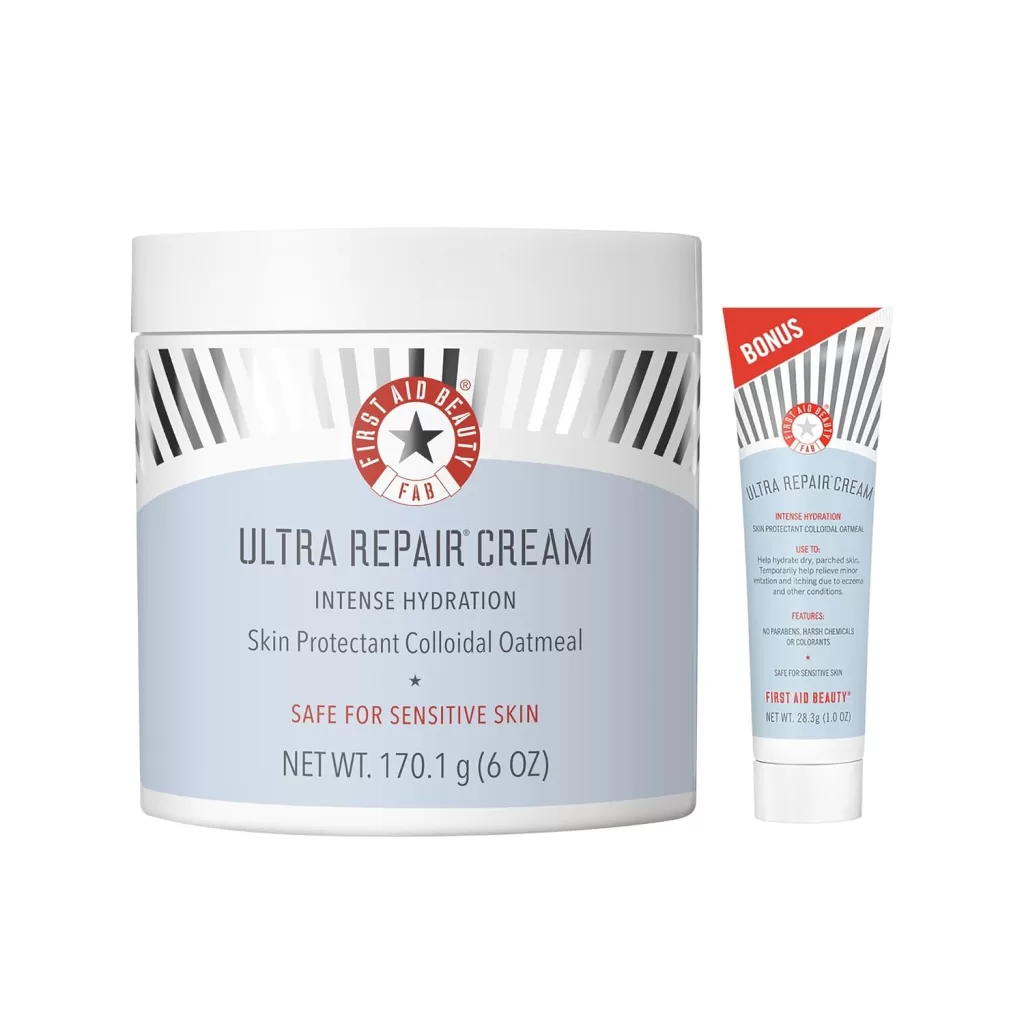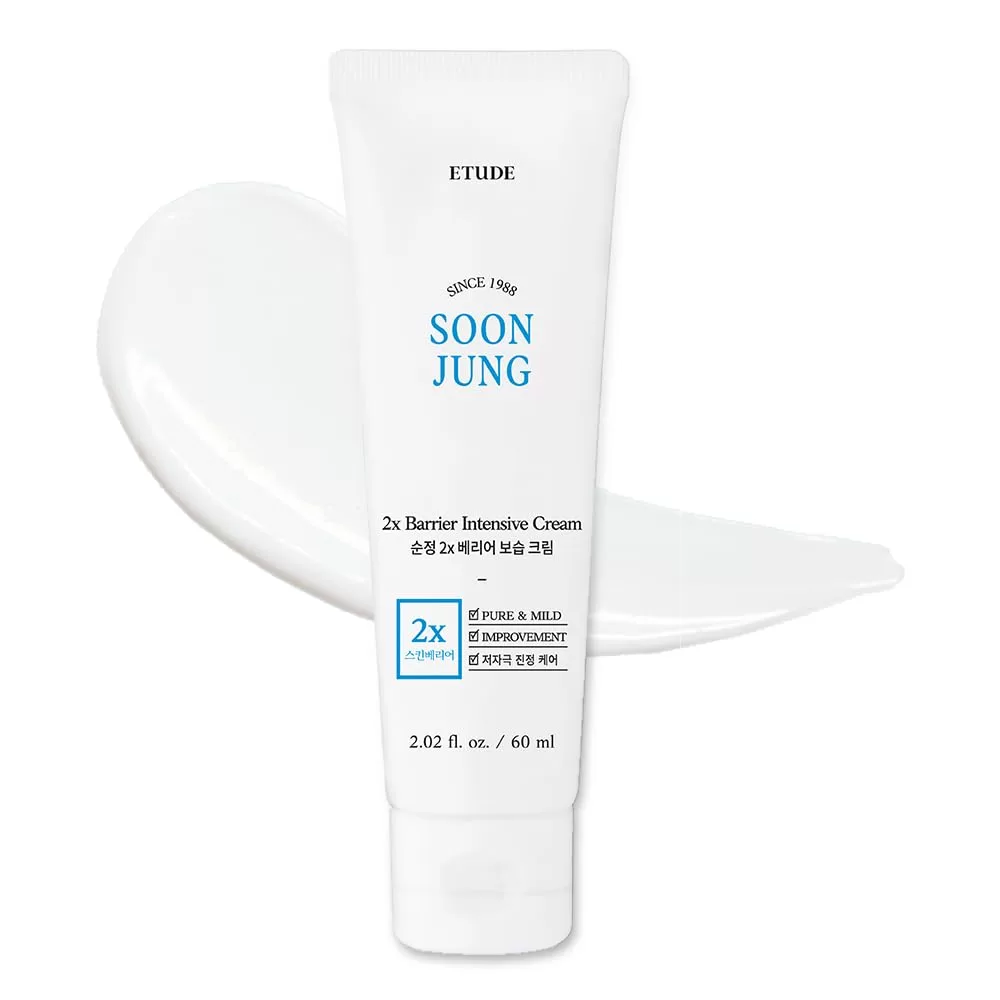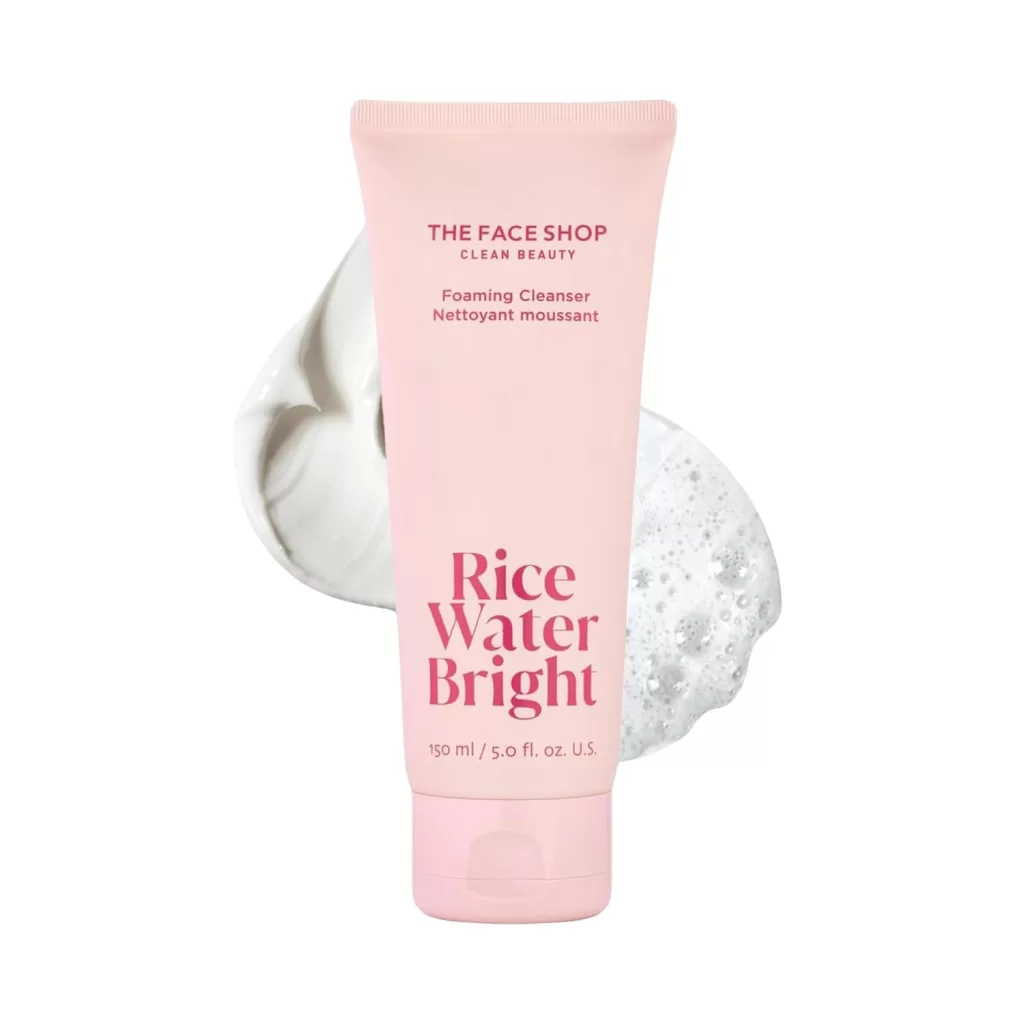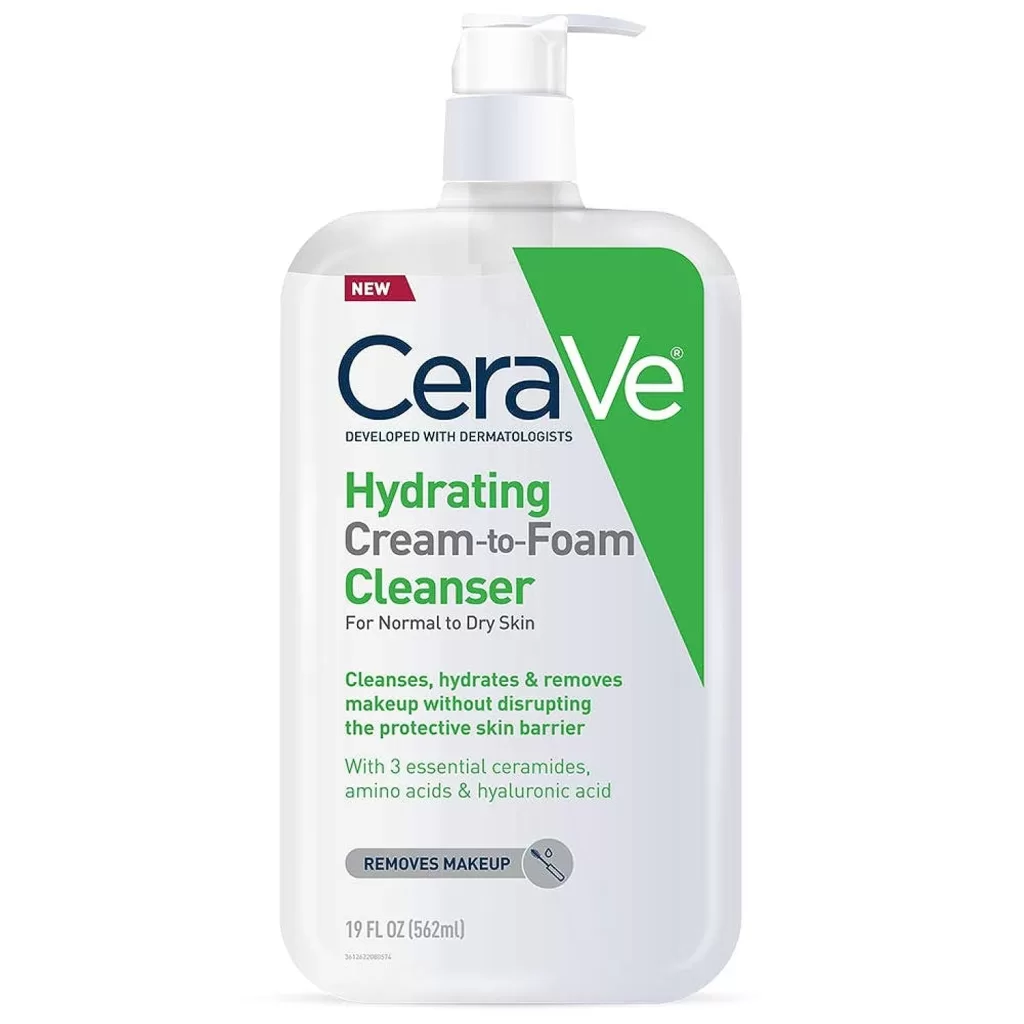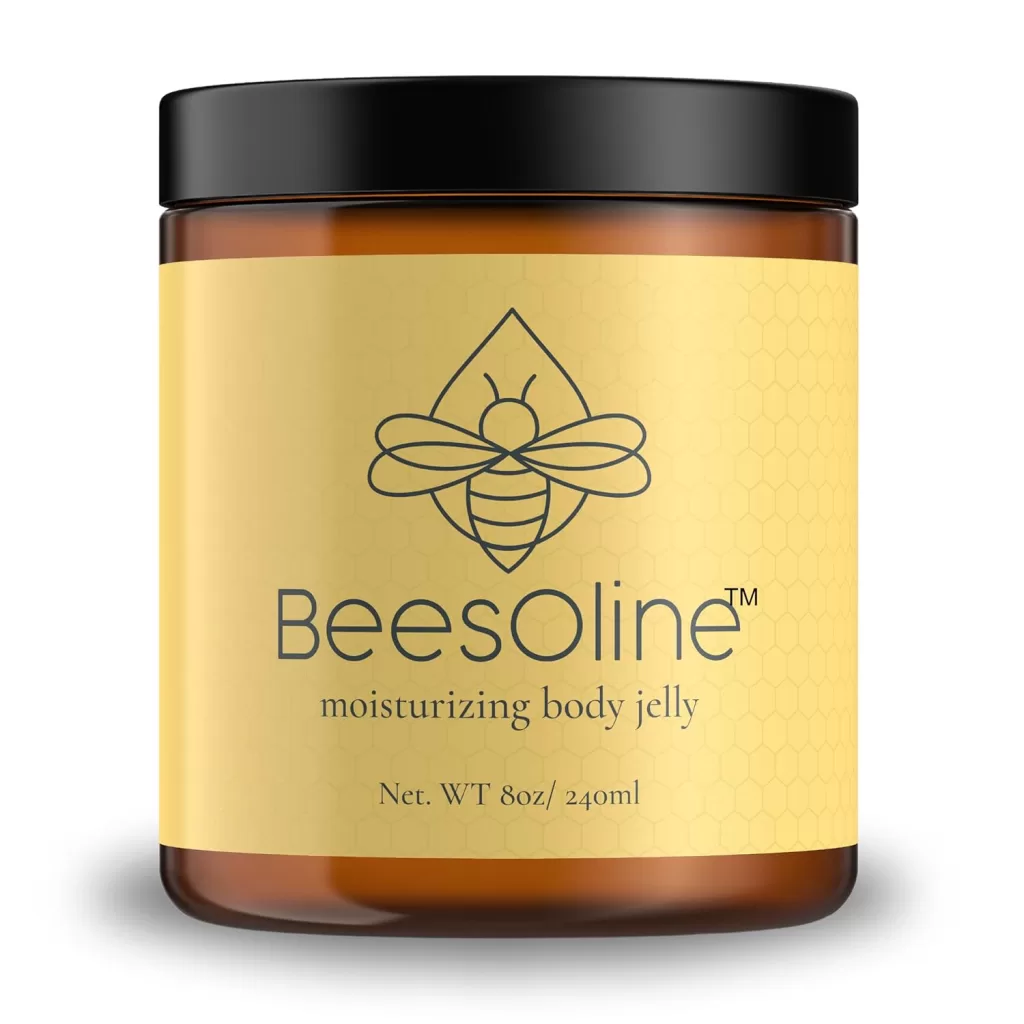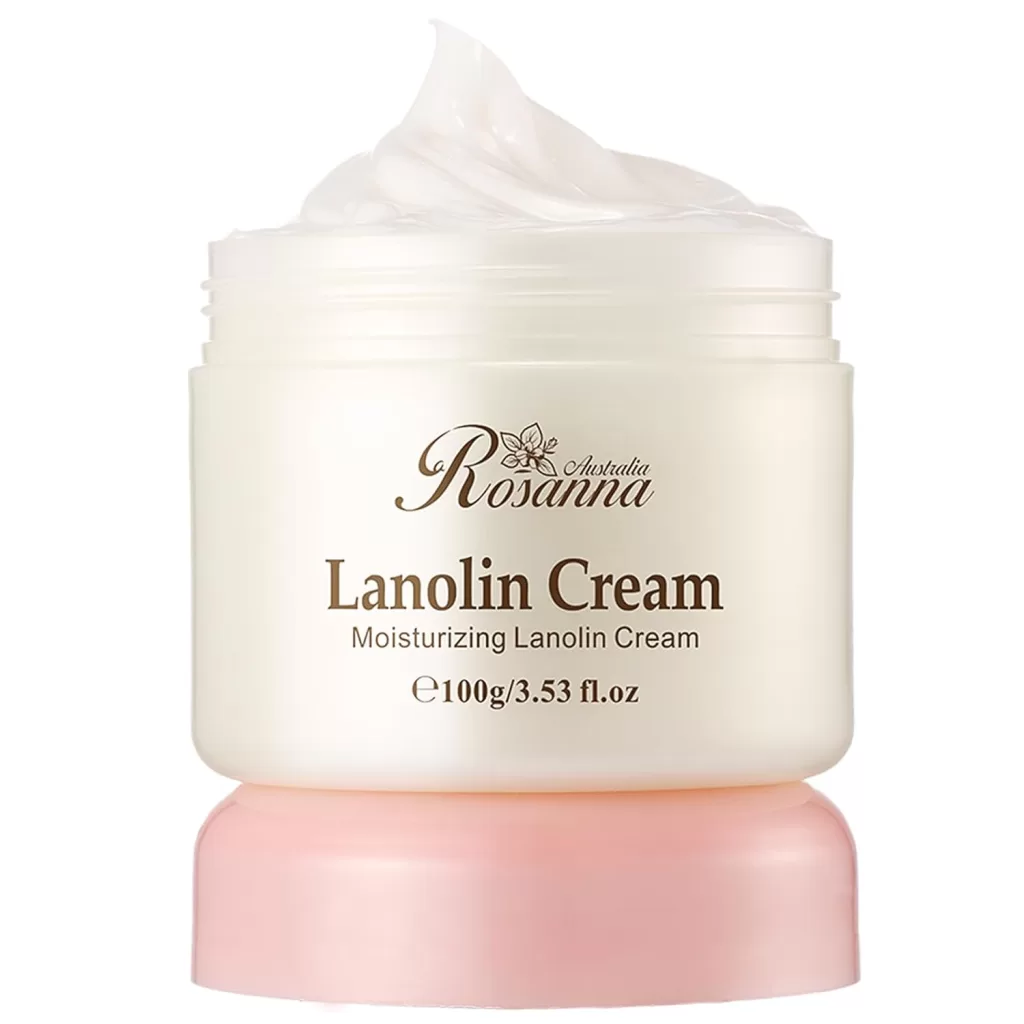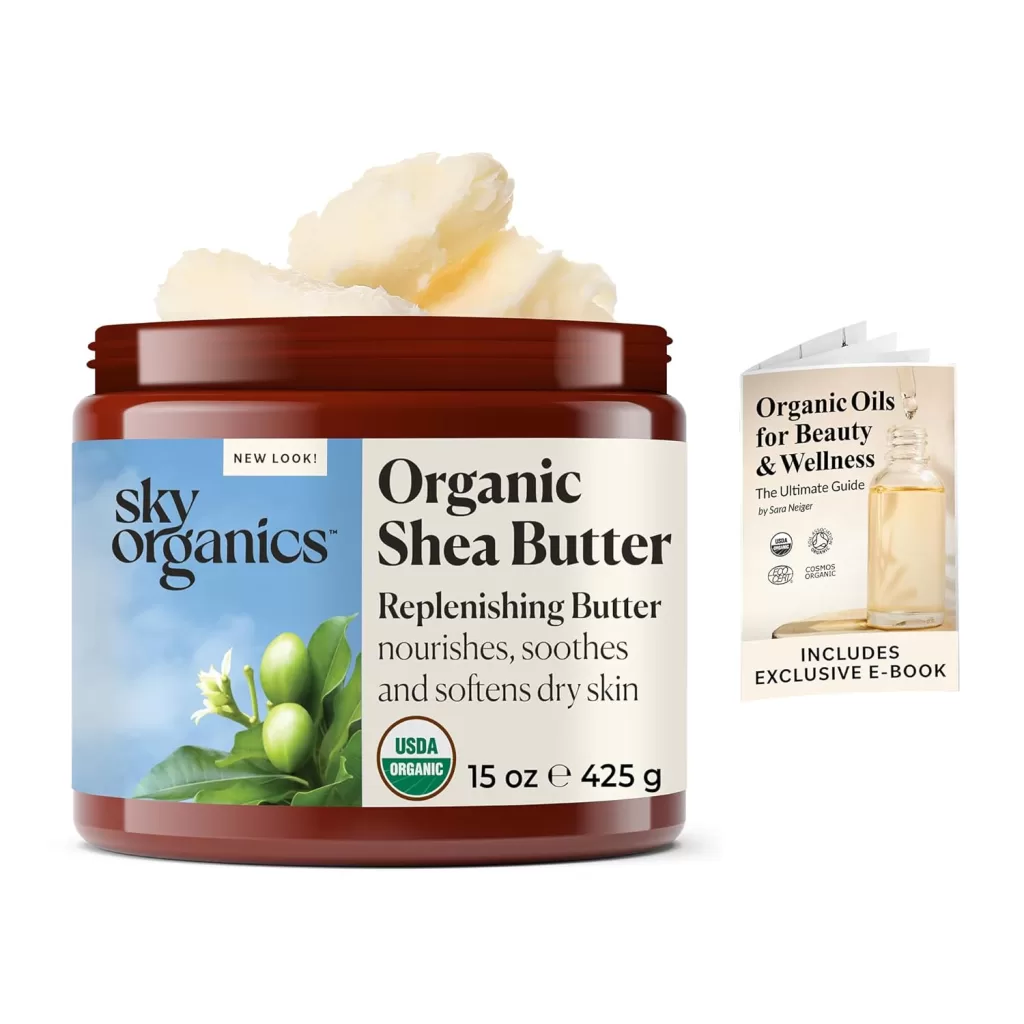Slugging: What’s the Deal and Should You Try It?
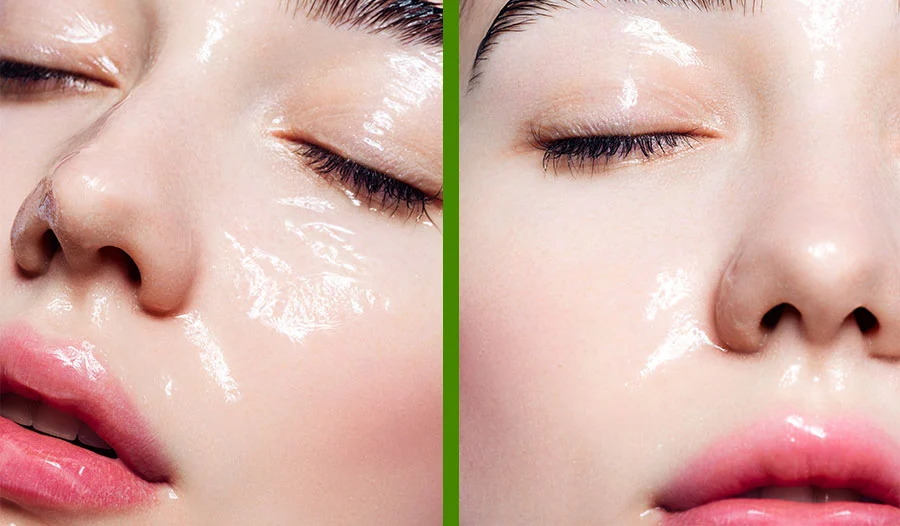
The beauty world has seen a rise in interesting skincare trends, and one that’s currently making waves is slugging. With a name that sounds unconventional, slugging is all about locking in moisture and enhancing the skin barrier. But what exactly is slugging, and should you give it a try?
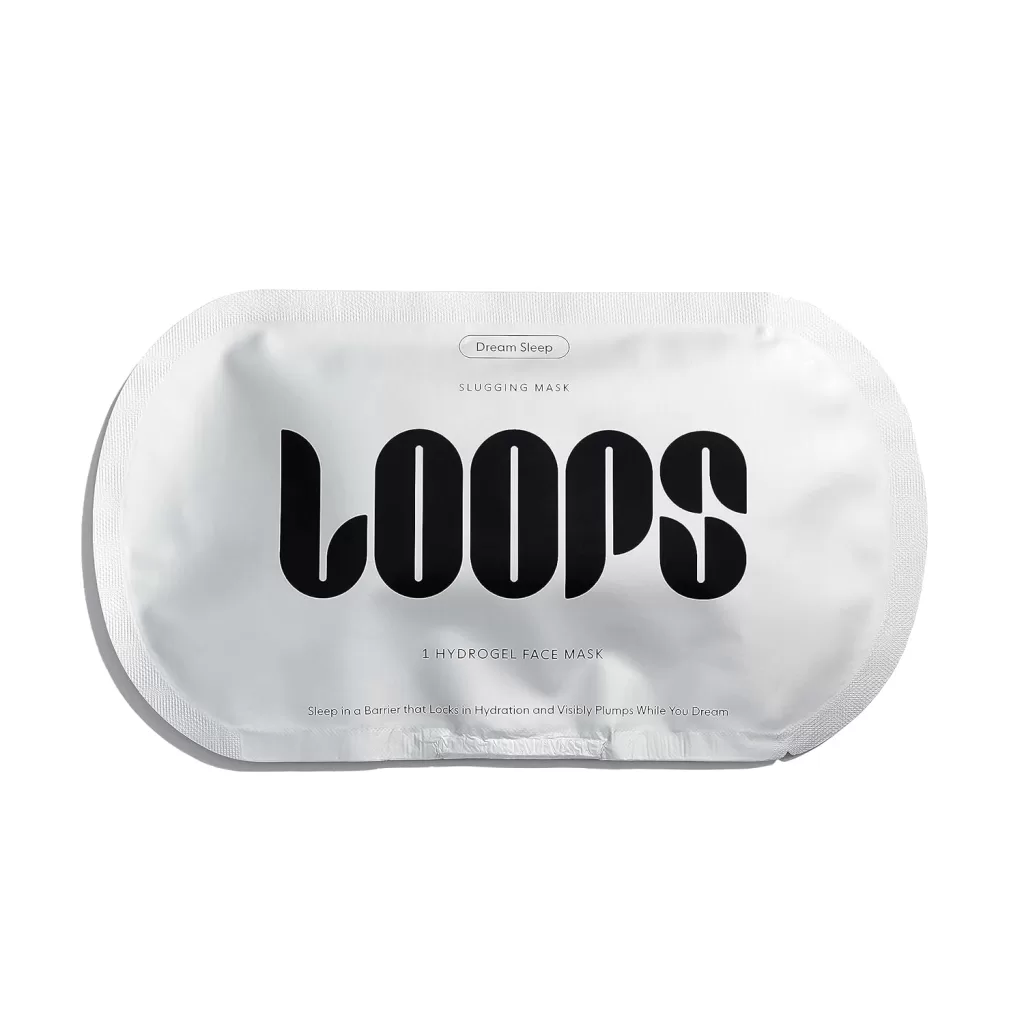
LOOPS DREAM SLEEP – Nighttime Slugging Hydrogel Facial Mask – Leaves Skin Toned, Plump, and Hydrated, and Restored – Layers Skin with Natural Oils, Vitamins.
What is Slugging?
Slugging is a skincare technique that involves applying an occlusive layer, typically petroleum jelly (Vaseline), over your skin as the final step of your nighttime routine. The goal is to seal in moisture and prevent water loss, leaving your skin hydrated and plump by morning.
This trend originated from Korean skincare and has gained popularity thanks to its simplicity and effectiveness for people dealing with dry skin, irritation, or a compromised skin barrier. The thick, jelly-like layer resembles the slimy texture of a slug—hence the name!
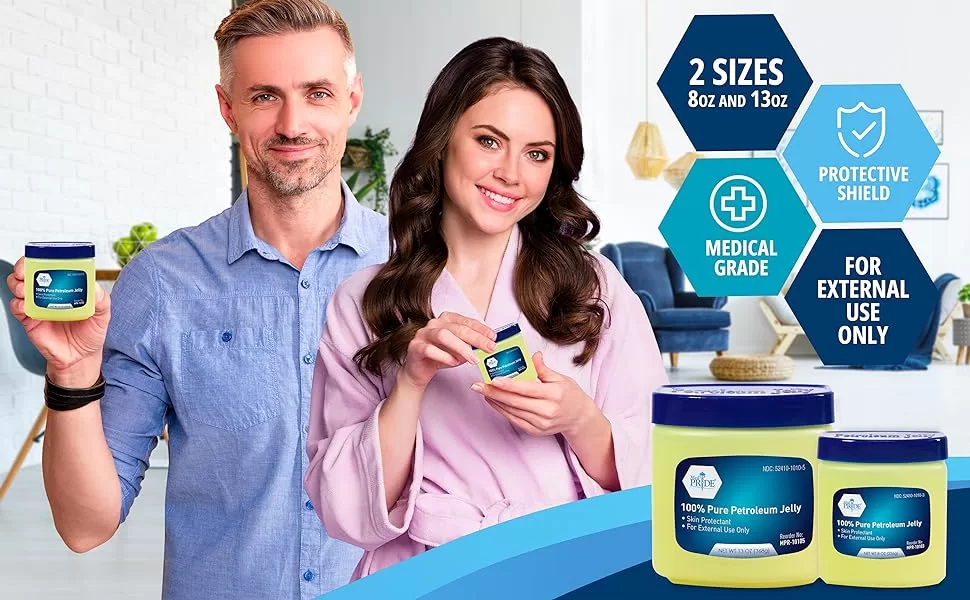
How Does It Work?
The main principle behind slugging is occlusion. By using an occlusive substance like petroleum jelly, you form a barrier on the surface of your skin, which prevents transepidermal water loss (TEWL). This means your skin can retain moisture overnight and repair itself without external stressors drying it out.
For people with damaged skin barriers, the process allows your skin to heal by providing a protective layer. It also helps enhance the effects of the products applied underneath, such as serums or moisturizers.
Is This Technique Right for You?
Not every skincare trend is for everyone, and slugging is no exception. Here’s who can benefit:
- Dry Skin: If your skin is parched or prone to flaking, slugging can help lock in moisture and prevent further dryness.
- Sensitive Skin: Slugging offers relief for those who experience irritation and redness, as it acts as a calming barrier.
- Damaged Skin Barrier: If your skin barrier has been compromised due to over-exfoliation or harsh treatments, slugging helps to protect and repair the damage.
However, those with oily or acne-prone skin may want to skip this trend. The thick, greasy layer could clog pores and exacerbate breakouts. If you do want to try it, apply the petroleum jelly sparingly and patch-test first to see how your skin reacts.
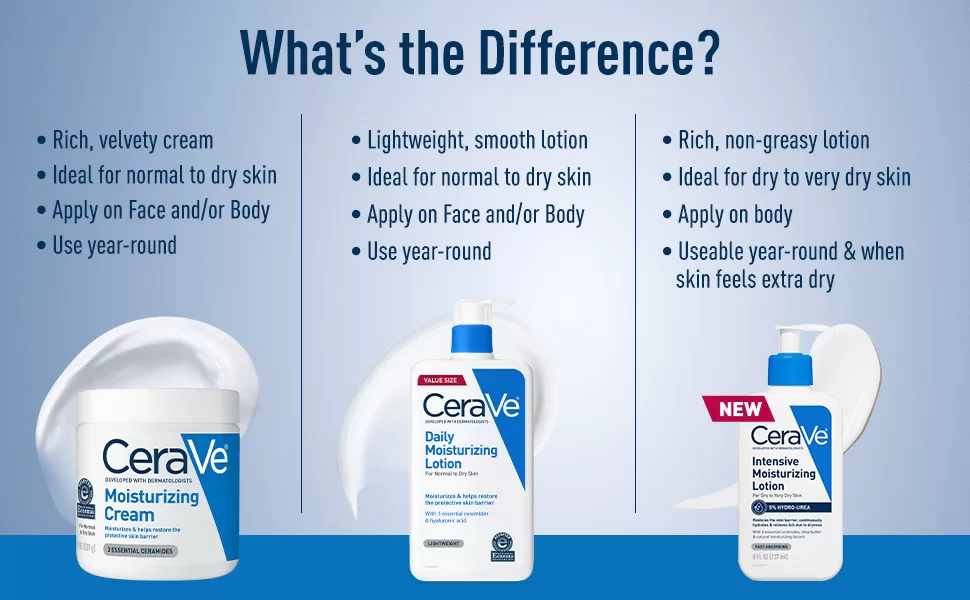
How to Incorporate Slugging Into Your Routine
Ready to try slugging? Here’s a simple step-by-step guide:
Step 1: Cleanse
Start with a gentle cleanser to remove dirt, makeup, and sunscreen. Slugging works best when applied to clean skin.
Step 2: Apply Skincare Products
After cleansing, apply your regular skincare products like serums, toners, or moisturizers. Opt for hydrating and barrier-repairing ingredients like hyaluronic acid, ceramides, or niacinamide to enhance moisture retention.
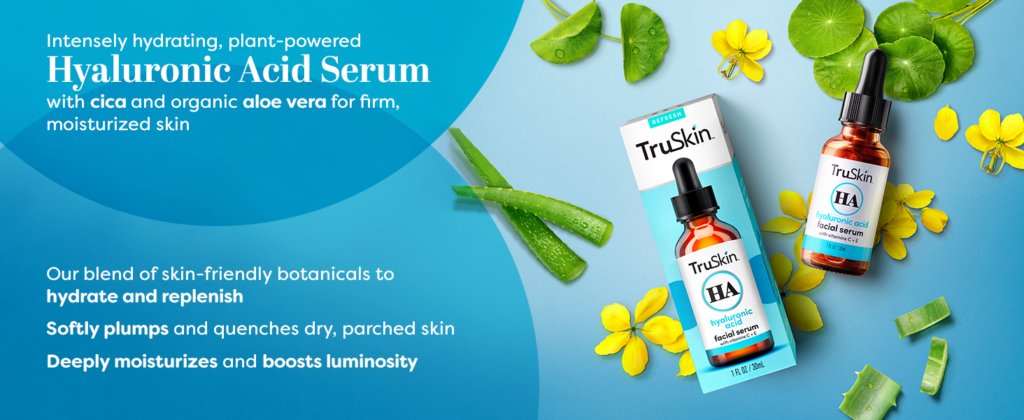
Step 3: Slug with Petroleum Jelly
Finish by applying a thin layer of petroleum jelly over your entire face. This locks in all the moisture and active ingredients from your previous steps.
Step 4: Wake Up Glowing
By morning, your skin should feel soft, hydrated, and plump. Simply cleanse again to start your morning routine.
Pros and Cons of Slugging
Like any skincare technique, slugging comes with both advantages and potential downsides.
Pros:
- Intense Hydration: Slugging is highly effective for locking in moisture, making it ideal for dry or damaged skin.
- Barrier Repair: It helps to repair and protect the skin barrier, especially after aggressive treatments like exfoliation or retinoids.
- Cost-Effective: Petroleum jelly is affordable and widely available, making slugging accessible to most people.
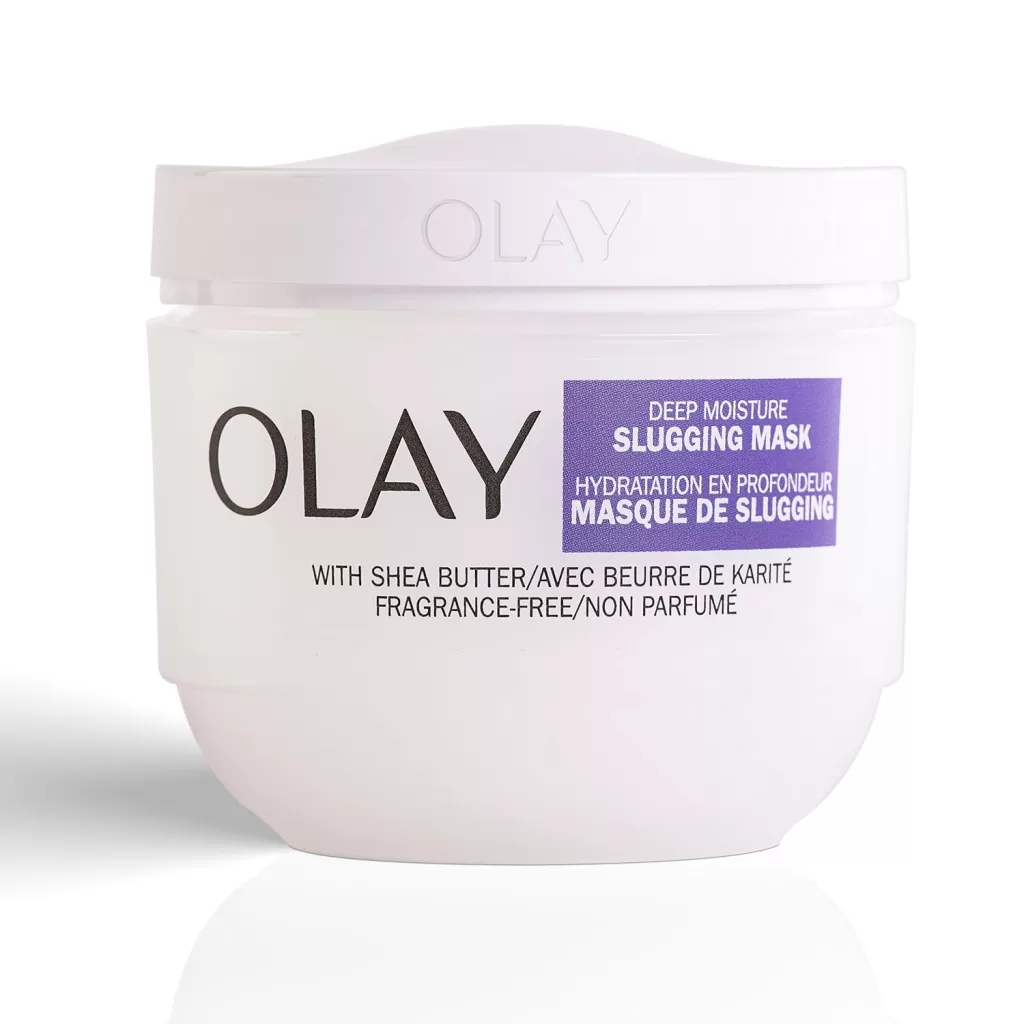
Olay Deep Moisture Slugging Mask with Shea Butter, Fragrance Free, 3.4 oz
Cons:
- Clogs Pores: Slugging is not recommended for those with oily or acne-prone skin, as it may clog pores and trigger breakouts.
- Heavy Feeling: The thick, greasy layer can feel heavy and uncomfortable, especially if you’re not used to occlusive products.
- Messy: Slugging can transfer to your pillowcase or clothes, which some people find inconvenient.
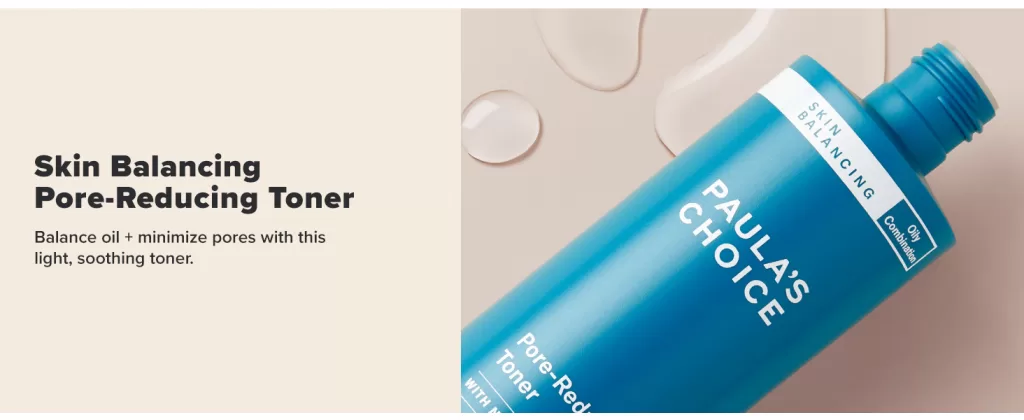
Alternatives to Petroleum Jelly
If you’re not a fan of using petroleum jelly, there are alternatives that offer similar occlusive benefits without the greasy texture. Some options include:
- Beeswax-based products
- Lanolin
- Shea butter
- Plant-based oils like squalane or jojoba oil
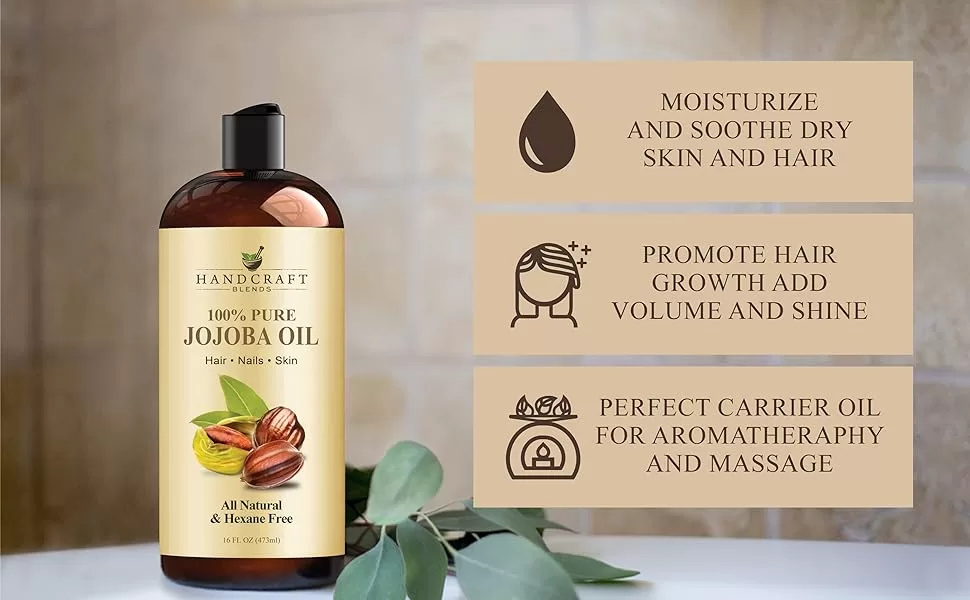
These ingredients offer varying levels of occlusion and can be more appealing to those looking for a natural or non-greasy option.
Common Mistakes to Avoid When Slugging
- Using Too Much: You only need a thin layer of petroleum jelly; too much can feel heavy and may clog your pores.
- Skipping Hydration: Don’t forget to apply hydrating products underneath. Slugging locks in what’s already on your skin, so make sure it’s the good stuff!
- Not Cleansing Properly: Make sure your skin is clean before slugging to avoid trapping dirt and bacteria under the occlusive layer.
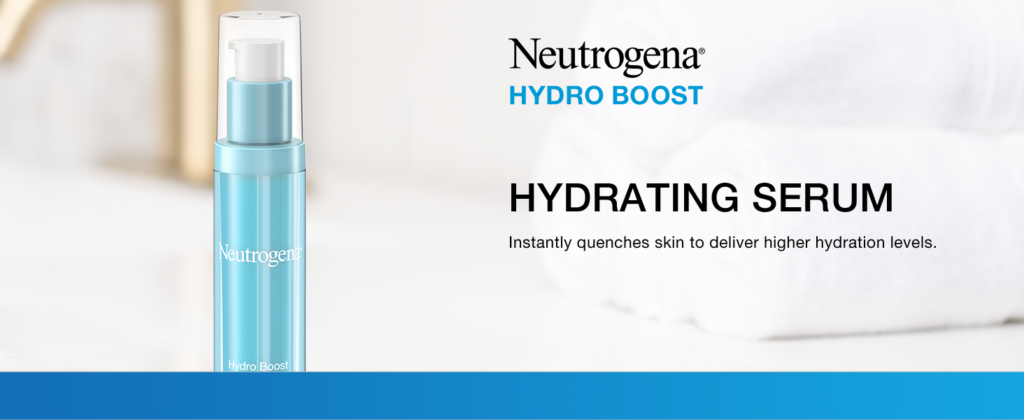
Conclusion: Should You Try Slugging?
Slugging is a simple, cost-effective way to hydrate and protect your skin, especially for those with dry, sensitive, or damaged skin. While it may not be for everyone—particularly those with oily or acne-prone skin—it can deliver noticeable improvements for those in need of barrier repair or intense hydration.
If you’re curious about slugging, give it a try for a few nights and see how your skin responds. Just remember to listen to your skin and adjust accordingly!
For more skincare advice and product recommendations, fitness, and more, check out our other articles. @whereandhowresources

